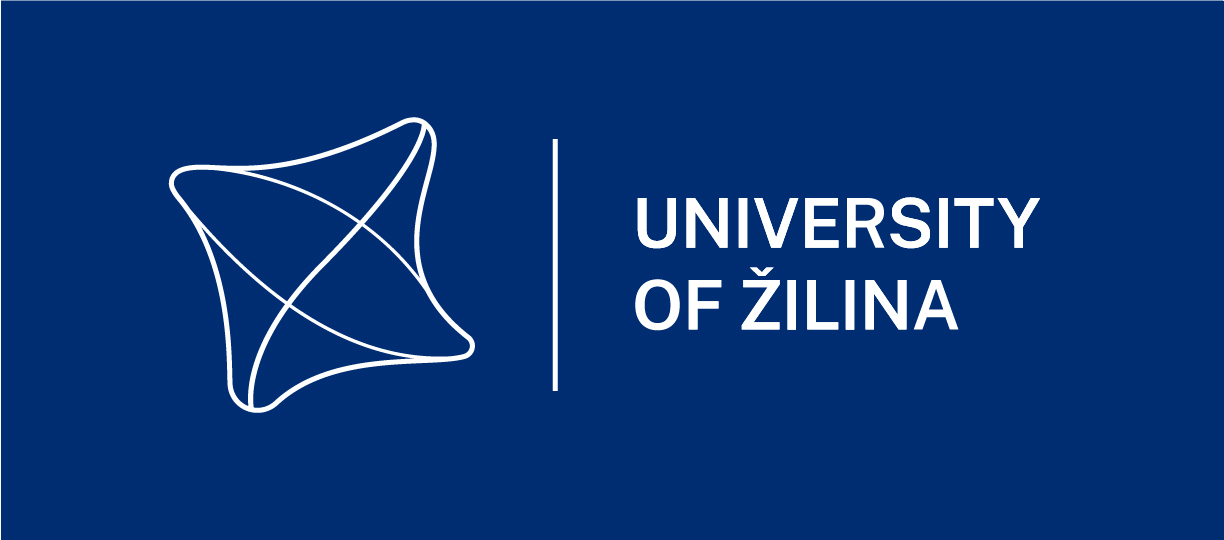Tutorials
How to Train Your Artificially Intelligent Dragon
Description
Everyone is talking about AI, and it is a particularly relevant subject within a computer gaming context. From image generation to intelligent NPCs, the use of game bots can be very useful. One particular use case is as an AI controller for a player Bot in a multiplayer game or to assist in debugging by replacing the player. But how do you create one, and in particular, with all the talk of Artificial Neural Networks (ANNs), how do use an ANN to control an NPC or player BOT?
This workshop is not a course in AI for Games (there would be just too much ground to cover). Instead we will focus on the concept of the ANN and how we can use it in a game scenario to mimic player decisions in real time. We will design and build a Feed Forward neural network model, generate training data, train the model and finally use it within our game.
Curriculum Vitae
Dr. Cawley began his academic training in University College Dublin where he earned an honours degree in Science (major in Computer Science). He then worked for a number of years in industry, mainly in large multi-national IT companies. During this time he attended Dublin City University where he graduated with an MBA. In 2009 he returned to education full time to pursue a PhD in Software Engineering, and was conferred with his doctorate from the University of Limerick. Since then he has been employed in third level education as a lecturer and researcher in Computing.
His research interests are broad and reflect the growing interconnectedness of technology and people. With expertise in software engineering, in particular within the medical devices domain, the following areas (in no particular order) are where some of his interests lie:
- Regulated Software development
- The Internet of Things
- Artificial Intelligence
- Assisted living technology
- Connected Health
- Bio-medical engineering
Participants will be required to download the following software in order to participate in the tutorial:
- Visual Studio 2022 (64 bit)
- SFML 2.5.1 (64 bit)
- Anaconda Python version 3.9.13
- Tensorflow 2.9.1

Department of Computing
Science Faculty
SETU - South East Technological University
Carlow, Ireland





